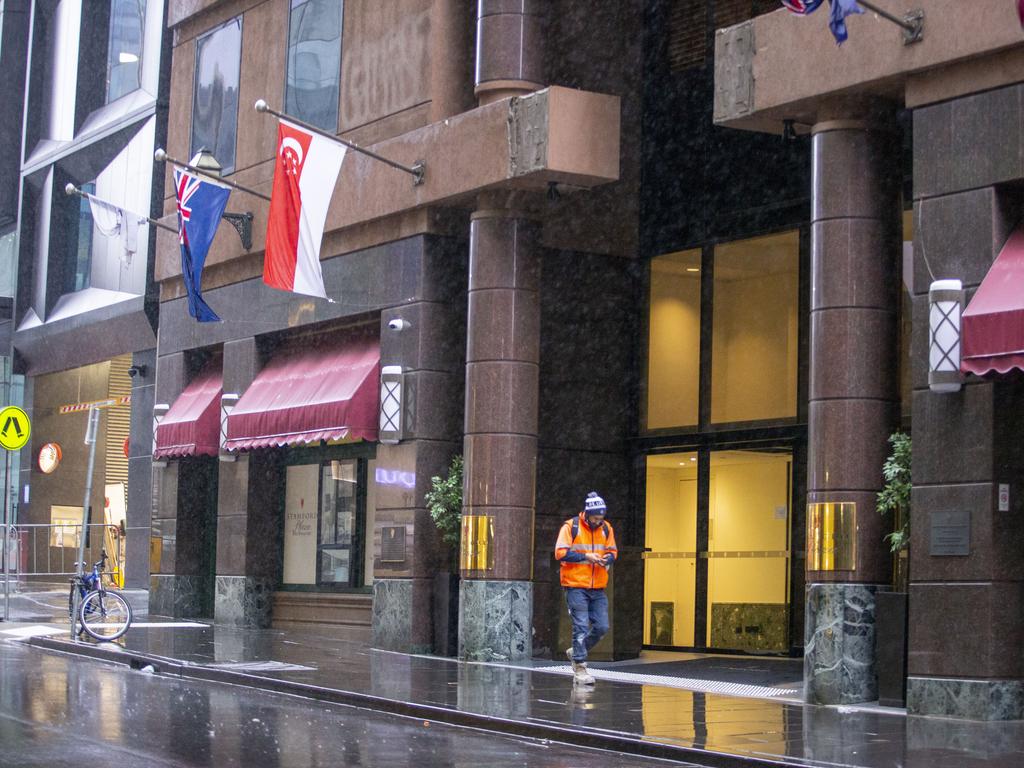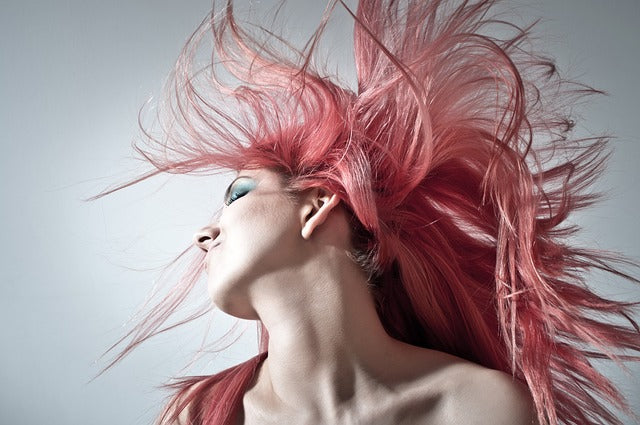Hotel quarantine linked to 99 per cent of Victorian cases
Doherty Institute director Professor Ben Howden tabled evidence to the hotel quarantine inquiry on Monday showing three main transmission sources for current coronavirus infections started in late May or early June, after Victoria’s first wave of infections virtually died out.
The three sources started with infected returning travellers. International arrivals went into quarantine hotels from March 29 until the fatally flawed program was suspended in July, amid Victoria’s second wave.
Prof Howden said he could not provide a proportion of cases linked to the quarantine program because he did not have all appropriate data.
But he said almost all current Victorian cases could be linked to three sources known as networks two and three, and cluster 45A. “All current cases, bar a few, are from those transmission networks and that cluster,” he told the inquiry, headed by former judge Jennifer Coate.
The inquiry also heard private security guarding the hotels were told they did not have to wear personal protective equipment, such as masks, in hotel foyers and corridors.
The inquiry was also told the Andrews government had the power to direct people in quarantine to be tested for COVID-19 or be detained for up to three days — but it did not make testing mandatory.
In June, 30 per cent of travellers left quarantine without being tested.
In a statement submitted to the inquiry, Prof Howden said he could not answer questions on how many cases could be directly linked to the failed quarantine program, or to security who guarded the hotels, because he did not hold the appropriate epidemiological data that tracked the spread of the virus.
But he said: “Over 99 per cent of all current cases in Victoria for which we have genomic sequencing data are derived from transmission network two predominantly, as well as transmission network three and cluster 45A.”
A government epidemiologist is due to give evidence on Tuesday and may provide further evidence on how devastating the virus leak from the quarantine hotels has been.
Prof Howden said 46 per cent of cases in Victoria had been subject to genomic testing, which tracks their precise strain and shows mutations as the virus is passed along.
The Doherty Institute had been testing 80 per cent of cases but had not been able to keep up once Victoria’s deadly second wave, which peaked at more than 700 cases a day, took hold.
In remarkable evidence, the inquiry was shown a document provided to private security guarding the quarantine hotels that said guards were not required to wear personal protective equipment, such as masks, when they were in hotel foyers and corridors, provided they could remain 1.5m from guests.
The document was introduced by Arthur Moses, the lawyer representing Unified Security, one of the firms hired to enforce the quarantine restrictions.
Infectious disease specialist Professor Lindsay Grayson told the inquiry that the advice in the document was “inappropriate”.
He said properly worn PPE should have been used, helping protect the wearer in the event of an unplanned interaction with a potentially infectious guest.
Prof Grayson said an online course that security guards undertook was “confused about its target audience’’ and was inadequate for people who would be dealing with potentially infectious people.
Mr Moses told the inquiry there had been “quite a lot of rumour and innuendo” about “alleged inappropriate contact … sexual activity” between some security guards and guests.
He put to Prof Grayson there were many ways security staff could contract the virus from guests through “required interactions” such as delivering food. Prof Grayson agreed, particularly if the guards were not wearing PPE.
The hearing continues online at 10am Tuesday.


